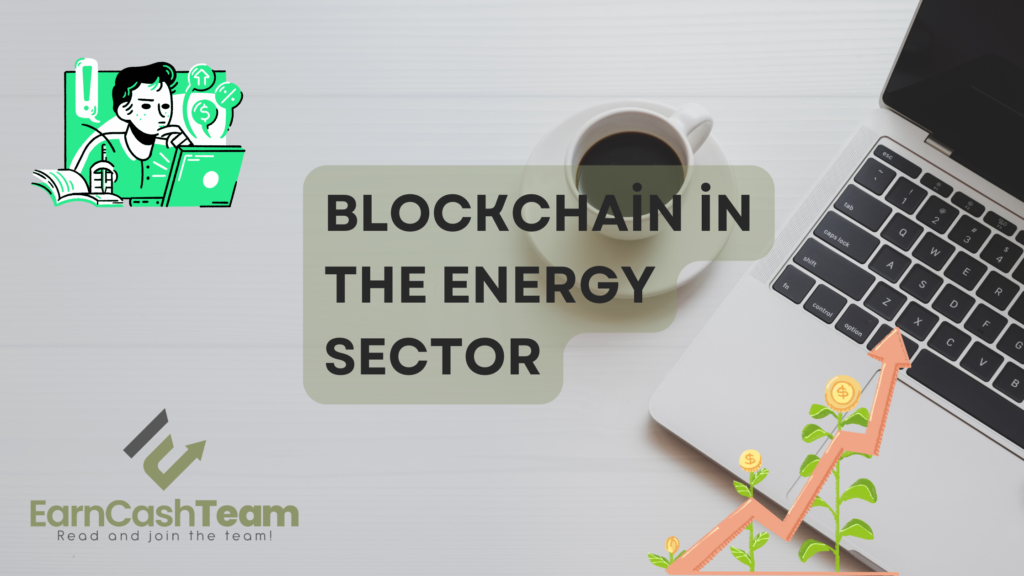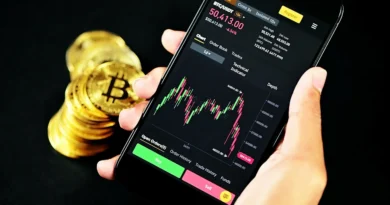Unlocking the Potential of Blockchain in the Energy Sector
Beginning with blockchain-powered electric vehicle charging systems to peer-to-peer trading platforms, the energy sector is quickly realizing the full potential of this emerging technology.
Blockchain is a digital log or database that securely records transactions. It can track both tangible assets such as cash and land as well as intangible ones like patents, copyrights and branding rights.
You can also check out other tips about blockchain or banking with us!

1. Smart contracts
Blockchain technology for energy transactions aims to simplify transactions while increasing efficiency. The energy sector comprises numerous complex systems involving refiners, tankers, jobbers, regulators and utilities that operate autonomously but share siloed infrastructures that result in numerous process inefficiencies. Blockchain offers an ideal way of streamlining these processes while improving overall systemic efficiencies.
Blockchain applications offer great potential benefits to the energy sector, particularly their capacity to automate business processes and reduce costs by automating smart contracts. Smart contracts enable faster and more accurate transactions while eliminating intermediaries like brokers or agents and leading to significant cost savings; additionally they can help smooth supply and demand fluctuations known as peak ramps; all this combines to provide more reliable and affordable energy services for consumers.
2. Real-time payments
Real-time payments offer more certainty to buyers while decreasing risk of payment fraud and providing increased visibility of transactions through faster processing times of real-time payments. B2B transactions especially can benefit from this payment method due to increased visibility and faster processing speeds of real-time payments.
Energy companies both big and small can benefit from transparency. Traditional invoice methods, like printing and mailing bills without including important details can leave out crucial data that could cause delays if there are any disputes over invoice amounts.
Real-time payments provide people with faster and more secure payments, and this is why so many appreciate them. In a recent survey, 8 out of 10 merchants, retail banks and billing organizations favored real-time payments and open banking as part of modernizing payment systems to promote greater financial inclusion, innovation, economic growth while still upholding safety and stability.
3. Data sharing
Blockchain technology is revolutionizing data exchange – whether that means medical records, real estate deeds or digital assets like downloaded music and movies – similar to what the Internet did with information. By increasing trust and efficiency for transferring almost anything over an exchange network.
As part of its offering, ELS helps by synchronizing electronic ledgers between transaction counterparties to create one single version of truth and reduce costly errors that arise when transacting on disparate systems. ELS can also lower costs associated with complexity by automating processes and streamlining others.
An NREL research team recently conducted an experiment using blockchain data collected from one homeowner’s home energy system to match them up with another nearby home that wanted to buy renewable electricity from them. This was just the tip of the iceberg in terms of what blockchain data-sharing capabilities can bring to our evolving energy economy.
4. Peer-to-peer trading
Blockchain can bring many benefits to the energy industry, from carbon management and traceability in renewable energy projects, to P2P trading via digital platforms. Furthermore, this technology can enhance efficiency and reliability of trading by eliminating middlemen.
Blockchain energy companies foresee a future where individuals have the option of swapping excess solar or wind energy with their neighbors, relieving strain from centralized grid systems while making them more resilient and sustainable.
To maximize its potential, a public blockchain platform with smart contracts could be utilized to facilitate P2P energy trading between prosumers, generators, suppliers and DSOs. Platforms like LO3’s Pando were specifically created to identify prosumer preferences, set prices and coordinate transactions while tracking green energy. [54]
5. Energy storage
Blockchain can increase efficiency and reliability in energy systems by standardizing data management processes. This could result in better-coordinated markets, smarter hardware and wider electrification.
Technological advances have resulted in dramatic decreases in solar panel efficiencies and battery costs, making solar energy accessible for more households than ever before. They allow them to sell back excess electricity into the grid at times when rates are favorable while purchasing electricity when rates increase.
NREL conducted experiments that demonstrate how blockchain can aid the transition to a cleaner, greener energy system more easily and affordably. Households may use it to sell extra solar power directly without incurring third-party fees and risk.




